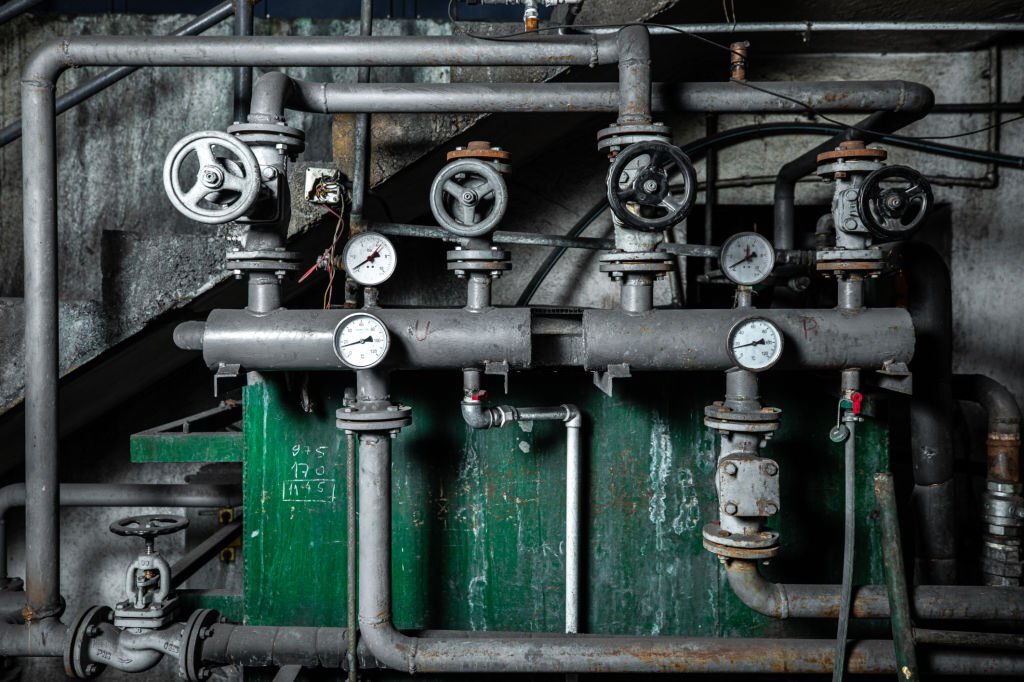Protecting centrifugal pumps is important to the lifespan of the pump. That is why an arc valve is an important part of mechanical systems that work with a centrifugal pump. An arc valve is an abbreviation for Automatic Recirculation Valves. And one of the main functions and benefits of this valve type is to protect the pumps from any damage. These valves come in different models and types, including the control and minimum flow Valves. These minimum flow Valves ensure that whatever liquid is passing does not rush through the entry point of the valve. Therefore protecting the pump from any damage. Another way of protecting your engines is to use mechanical seals. Mechanical engines and systems use different components to mostly pump water in any system. The machine may be created to ensure that there is liquid around, but there are some parts that do not need to come in contact with liquid.
For instance, let's assume you are working in a mechanical system that somehow uses an electric power source. This mechanical system may work on mostly fluids of different thicknesses, but the electrical wires and flow must not be obstructed by any liquid. This can lead to electrical shocks, and in worse cases, fire. Usually, the mechanical seals are always around the motor shafts, so if you're using an electrical motor, you need the seals. Your mechanical seals can wear out due to regular wear and tear, and because of the delicate duty they perform, they need immediate replacement. This guide will explain how you can remove and change your mechanical seals in a Centrifugal Pump.
Power off your pump
The first step you need to take before you think of removing any mechanical seals is to turn off the pump. There are many moving parts in a mechanical system, so working while the system is on can be a terrible mistake that will lead to injuries. Also, the mechanical seals are usually placed along with the motors, which in some cases can be electric. Hence, working on the electric device while it is on is in itself an unsafe procedure.
Cut off the connecting tubes to the pump
Usually, there are some tubes connected to the pump to review every water the pump can carry. You need to detach every form of the tube connecting to the mechanical seal and pump. Sometimes, these tubes are engineered into the pump, so you may need to cut off the connection.
Unscrew pump from all connections
The pump may also have some other connections depending on the system of its work. You need to completely detach all possible connections with their bolts and screws.
Detach the impeller from the pump
After you have removed the pump from all attachments, you should be left with the impeller at the top. Removing the impeller may be easy, or you may be met with certain bolts. All you need to do is remove the impeller and take out the seal of the pump. After that, change the seal with an exact replacement then reattach the impeller and couple the pump. Do not forget to connect tubes to the pump and electrical components and check connections properly.


